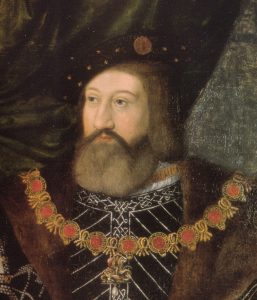
I’ve just completed two years of work researching and writing my latest book, Katherine – Tudor Duchess, which concludes the story of Charles Brandon and would like to share a little of her story.
Katherine was the only surviving daughter of Baron William Willoughby of Eresby, by his second wife Maria De Salinas, a Spanish Maid of Honour who came to England with Catherine of Aragon in October 1501. Maria was one of the queen’s closest companions and it is thought she named her daughter after Queen Catherine.
Records of the time suggest that Katherine Willoughby was an attractive, well-educated girl, who became a baroness in her own right after her father died in 1526. Charles Brandon would have been well aware that she was also the heiress to a substantial income of fifteen thousand ducats a year.
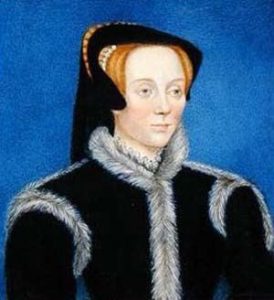 It was little surprise to anyone when Brandon persuaded King Henry to let him buy the wardship of young Katherine Willoughby in 1528, (even though it seems he was, as usual, heavily in debt). Brandon’s plan was to secure her as a wife for his son, the eleven-year-old Henry, Earl of Lincoln (named after the king), once he came of age.
It was little surprise to anyone when Brandon persuaded King Henry to let him buy the wardship of young Katherine Willoughby in 1528, (even though it seems he was, as usual, heavily in debt). Brandon’s plan was to secure her as a wife for his son, the eleven-year-old Henry, Earl of Lincoln (named after the king), once he came of age.
Katherine moved into Brandon’s manor house at Westhorpe in the Suffolk countryside. She seems to have been happy to have Brandon’s daughters, Frances and Eleanor, as well as young Henry, for company, with Charles and Mary acting as her guardians.
Mary Tudor was a friend and neighbour of Katherine’s mother, Maria, who probably saw this arrangement as likely to provide the most secure future for her daughter. Mary had been suffering from a long illness and died at Westhorpe on the 25 June 1533.
Brandon, who was then aged forty-eight, decided it would be best if he married young Katherine (then aged fourteen) himself, and did so barely two months after Mary’s death. We must take care, of course, not to judge Charles Brandon by modern standards, although I’m sure he enjoyed a few knowing winks from King Henry and his courtiers.
Importantly, it seems Katherine was happy to become Duchess of Suffolk, particularly when Brandon’s son, Henry, died the following year. Brandon’s marriage to Katherine secured him the rights to her lands in many parts of Lincolnshire, and by 1538 he became the greatest landowner in the county.
You can find out more about the first part of Charles Brandon and Katherine Willoughby’s story in my novel, Brandon – Tudor Knight, After Brandon’s death, there was talk that the king might marry Katherine himself – but what actually became of her is proof that the truth really is stranger than fiction.
Tony Riches

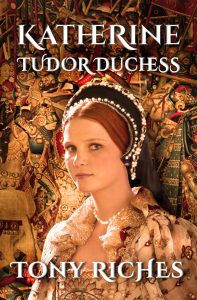
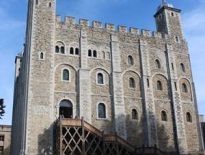
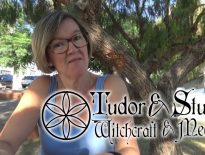
Love Charles Brandon and his wives. Although the beautiful and slightly wild Princess Mary, Henry’s sister is my first favourite, the young woman who would become one of the important women of the Reformation, Katherine Willoughby, aka Brandon, aka Bertie, Duchess of Suffolk, a very clever lady, comes next. She was clever and genuinely intelligent, witty with a fiery temper, a critic of those who were not Protestant enough, including Queen Elizabeth I and she was charming enough for Henry Viii to like her company, more in a romantic sense than the rumours of 1546 suggests. She encouraged a Godly community around her estates and had several royal wards foisted upon her. She helped to care for little Mary Seymour, whose fate is unknown past the age of two and she was sent Mary Grey to keep in check after this poor woman fell foul of the wrath of Queen Elizabeth I for marrying without consent, even though her groom had no social status.
I have read all of Tony Riches books up to now and can’t wait to read another. Accurate fiction at it’s best.
I’m looking forward to your new book, too! I loved Charles Brandon, Tudor Knight. I find the Duchess a fascinating Tudor woman. Thank you. Michelle t